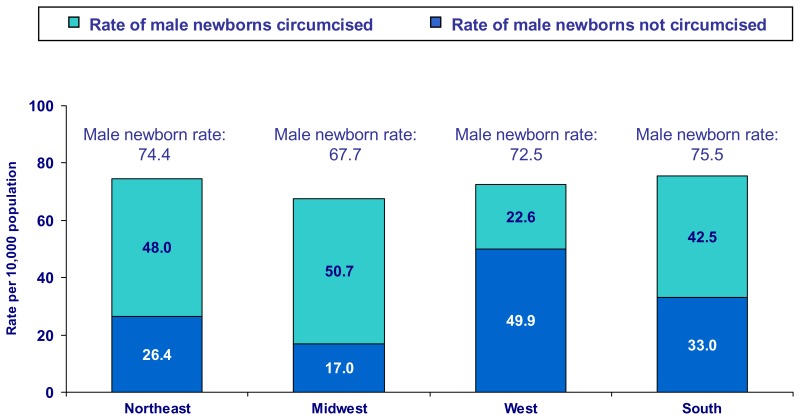
Male Circulation: The Benefits and Limitations
The procedure for male circumcision involves the removal as well as replacement of the penis. The complete foreskin gets removed leaving only a thin layer of skin remaining. In order to lessen pain and reduce stress on the body, anesthesia can be administered local or intramuscularly prior to performing the procedure. While circumcision is an established surgical procedure, it’s become more widely known recently. Though it’s accepted as safe by many, controversy persists about this procedure.

Male Circulation: The Benefits and Limitations
This practice is common across countries where indigenous men are brutally punished or death sentences for bringing negativity to their community. Religions believe that the person who shows male genitals is sexually an adulterous. According to these authorities the mere sight of a man’s genitalia is a form of exposure to evil. Due to these ideas cutting of the male genital area is also considered an ethical infraction. There are many reasons for male Genital Slicing among different cultural contexts.
Male Circulation: The Benefits and Limitations
Most involve cultural beliefs about gender roles and sexual identity of males. There are other instances where it might be necessary to take out the testes in order for the purpose of avoiding urinary infections or diseases. There are tribal groups that prohibit their members from touching their male genitals. This is why cutting off male genitals is essential to fix medical conditions that are likely negative to male sexual health. The reasons for or against male genitalia cutting varies widely. It’s for some, it’s a matter of personal choice or religious belief that support this method.
Male Circulation: The Benefits and Limitations
- To ensure that infants grow in a healthy and happy state, circumcision is done. Female genitalia can be a solution for those who would like to control their sexuality. Male Genitalia reductions is carried out for men affected by male genital organs which produce abnormal growths or tumors. There are some who are born with physical problems that hinder men’s normal sexual activity. Men who suffer from these issues may undergo surgery to fix the problem.
Other men opt to have tissues removed because they can cause pain during sexual intercourse. The result could be men feeling less sexual desire and less ability to experience the climax. The procedure to remove male genitalia can be done quite easily. Usually, a local anesthetic will be applied prior to surgery in order to lessen discomfort. The head of the penis typically wrapped in a rubber or plastic band.
Doctors prefer that the penis remains fully open in all cases. This allows the surgeon to take out more tissue. After the band has been wrapped around the head, insert a small rubber tube in the penis. The tube is inserted into the uppermost layer of skin. This stops the skin’s higher layers from sticking to the tube. After taking out some excess tissue, stitches are placed to seal the opening. A few males will have just one band removed, while some are able to have multiple bands that are removed in different intervals.
Males with these bands may have marks from surgery, which could fade in time but they will usually last for around a decade. Adults as well as males are able to reap the benefits of circumcision. On the positive side, it decreases rates of STD and HIV for males. Additionally, it lowers the risk of developing cancer in the prostate or testicles. Circumcision has been practiced over thousands of years and is an effective option for elimination of the male genitalia. Certain men opt for circumcision as they believe it is an accepted practice in the culture. The example of keeping the penis clean can be interpreted as an indication of virility. Many people are skeptical of the practice.
The procedure for male circumcision involves the removal as well as replacement of the penis. The complete foreskin gets removed leaving only a thin layer of skin remaining. In order to lessen pain and reduce stress on the body, anesthesia can be administered local or intramuscularly prior to performing the procedure. While circumcision is an…
